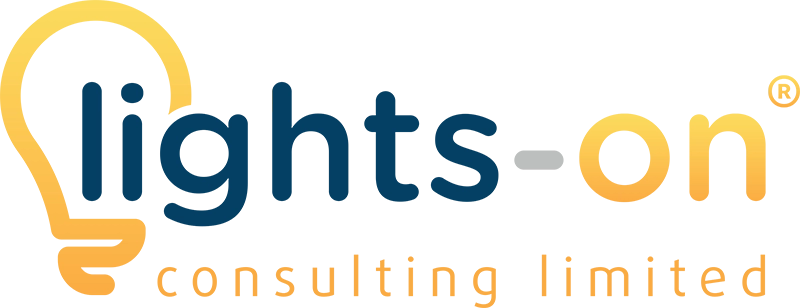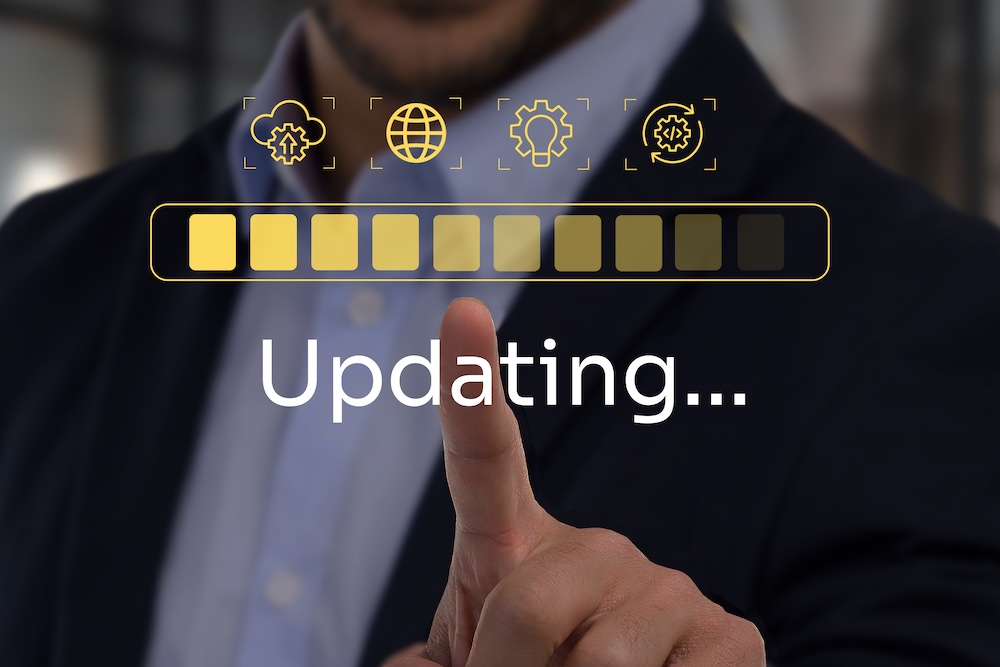Understanding the challenges of adopting ‘Software as a Service’ products.
Take a deep dive into a modern law firm’s IT budget, and the subscriptions line will almost undoubtedly show a large increase in spend over the past five years. From dictation tools through to firmwide practice management systems, legal software is increasingly offered on a ‘software as a service’ – or SaaS – basis.
SaaS solutions are increasingly popular as they can deliver enhanced agility, flexibility, and security.
 However, the journey to becoming SaaS-ready needs careful consideration, cultural readiness and, frequently, whole new IT leadership and IT operations skillsets, as Nicola Martin, of Lights-On Consulting, explains.
However, the journey to becoming SaaS-ready needs careful consideration, cultural readiness and, frequently, whole new IT leadership and IT operations skillsets, as Nicola Martin, of Lights-On Consulting, explains.
Managing the ‘update cadence’
Arguably the most challenging aspect of transitioning to SaaS based products is relinquishing control over updates and managing and adapting to the update cadence that comes with every SaaS product.
What do we mean by ‘update cadence’?
Update cadence means how often the SaaS product is updated with new functionality, changes or updates.
When you buy a SaaS product, you are effectively beholden to the governance, compliance, and update rules set out by the service provider. They dictate when software updates happen, and you need to be ready to incorporate these updates into your processes, communicate them internally and provide training as required.
Regular software updates can be daunting for firms (and their people) that, culturally, have been largely doing things the same way for years. IT change can, and often is, seen as an unnecessary disruption to business as usual. An “if it isn’t broken, don’t fix it” approach.
Remember, it isn’t about the cadence of just one product, it will be many. And some may talk to each other so alignment of releases and co-ordinated testing of end-to-end processes will become increasingly important, Change may become so frequent that automated testing may become a necessity rather than a luxury.
Contract and vendor management
Effective procurement and ongoing vendor management are crucial as the commercial side of SaaS is complex and can potentially be a minefield. IT leaders need to be able to evaluate vendors, negotiate contracts, manage on-going relationships, and handle service level agreements (SLAs).
SaaS vendors can sometimes try to lock firms in on aspects such as minimum data usage, upfront charging for licences, inflation standpoints and robust price increases.
Be aware of the pricing and the user brackets – providers will always allow you to increase user numbers and licences but it can be difficult, and sometimes impossible, to subsequently reduce user numbers, meaning you can be stuck with expensive unused licences.
Negotiating SaaS contracts requires a different type of commercial due diligence, for example ‘pass through’ clauses. These may be included to protect the vendor against unforeseen costs. It’s essential to scrutinise these clauses carefully to avoid being caught off-guard by additional charges that SaaS providers may try to pass on.
Culture is key
In addition to relinquishing control over updates and needing to manage complex commercial agreements, the path to successful SaaS adoption requires cultural readiness.
This culture piece cannot be overstated: your people need to be increasingly comfortable with adopting regular and frequent change, and your IT team needs the skillset to support them through the regular tweaks and enhancements to the tools and software that they use on a day to day basis.
For law firms of all sizes there is a huge amount to be gained from the successful adoption of SaaS products, if you get it right, and ensuring you have the capability to land them effectively. In our experience at Lights-On, transitioning to a SaaS environment needs time, careful planning and the ability to take your people with you on the journey.
For a friendly and confidential conversation on how to get the most from your SaaS investment, please do get in touch.

